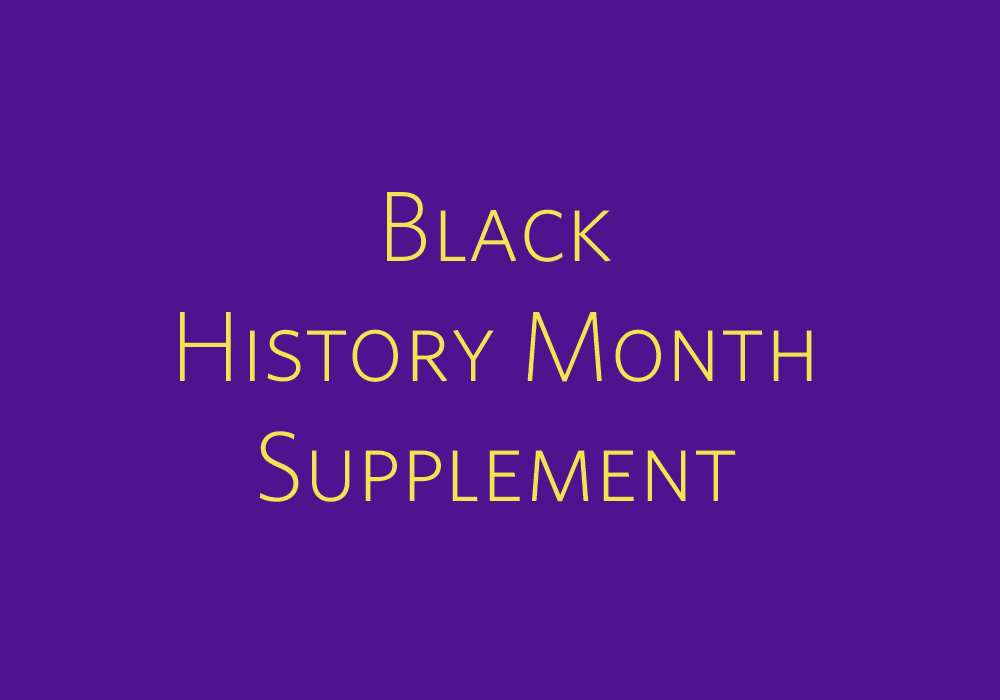Hiba Ahmed
Contributor
Aren’t we all hyphenated? Inbetweeners? Mosaics of identity, made of cultural construction and biological arrangements? We are all mixed, but, only certain groups of inbetweeners are “hyphenated.”
Among these groups, feelings are common: like we don’t belong to either identity, nor are we qualified to identify with one or the other. Contrary to popular belief, you don’t have to be racially mixed to feel this.
Black Muslims are among the most misunderstood, conflicted, and unique of “inbetweeners.”
The perceived anomaly of the Black Muslim is a phenomenon worth understanding.
My identity gradually pieced together as I grew up. Slowly, I saw the hierarchy of identities form, and perceived relationships around me change because of it.
I started wearing my hijab when I began high school. This might be the single most revolutionary part of my identity today. As soon as I wrapped a scarf around my head, my identity was a matter of discussion, a conversation worth having.
I was proud of my Ethiopian heritage and tried to immerse myself in my culture. However, my parents emphasized religion; teachings of Islam were cornerstones of our upbringing.
I am Muslim, and I’ve never felt more Muslim than when I wore a hijab. Yet as soon as I started, my blackness came into question. It was as if I had to spell it out, or have my nationality as evident on my head as my faith. As I look back, I see how hard I tried to assert blackness, even cultivating my social media to include my nationality.
Being part of two communities that demanded so much commitment, consciousness, and activism was exhausting.
What made it worse was that as much as both communities demanded the entirety of me, I was never quite enough for either of them.
It was like choosing between parents in a marital dispute. Being a product of both biology and culture, one was as much a part of my makeup as the other. As these feelings arose, I noticed how common they were among other black Muslims. Even my younger brother grappled with this custody battle of identities. When he discussed Ramadan with his friends, my brother was asked, “Waheeb, you don’t fast, you’re black?”
The importance of addressing these “inbetweeners” is the psycho-social and political progression that flourishes from it.
When black Muslims are marginalized or alienated by non-black Muslims and black non-Muslims alike, it weakens the plight of both groups.
In the case of Muslims, we need to police our subtle racism. We need to learn about the contributions of blacks within Islam. We need to understand that a person’s Arabic fluency is not indicative of their level of faith or devotion.
Likewise, as blacks, we must reconcile ourselves with the diversity and spectrum of blackness. It allows us to look beyond ourselves, stereotypes, and conventionally learned history.
Our history isn’t unilateral, nor should be our future. That being said, there is a place to begin. We must seize every opportunity for unity, take every ally, and be wary of misplaced sensitivities.
When Muslims used #MuslimLivesMatter following the Chapel Hill shootings, there grew agitation among not only blacks, but also non-black Muslims.
The arguments related to appropriation, denial of unique struggle, and co-option. Although there is uniqueness to each struggle, must we value it to the extent that we misplace sensitivities around appropriation? As minorities in both race and religion, do we not have a common oppressor?
Our strength as blacks and as Muslims lies in how we unite. We need foresight guiding our actions, reflection upon where we want to be, and decide what steps we take to get there.
Our success lies in how we unite through adversity, rather than giving power to man-made differences.
Ideally, we will be forced to ask, what does it mean to be black? What does it mean to be Muslim? And what comprises my identity?


